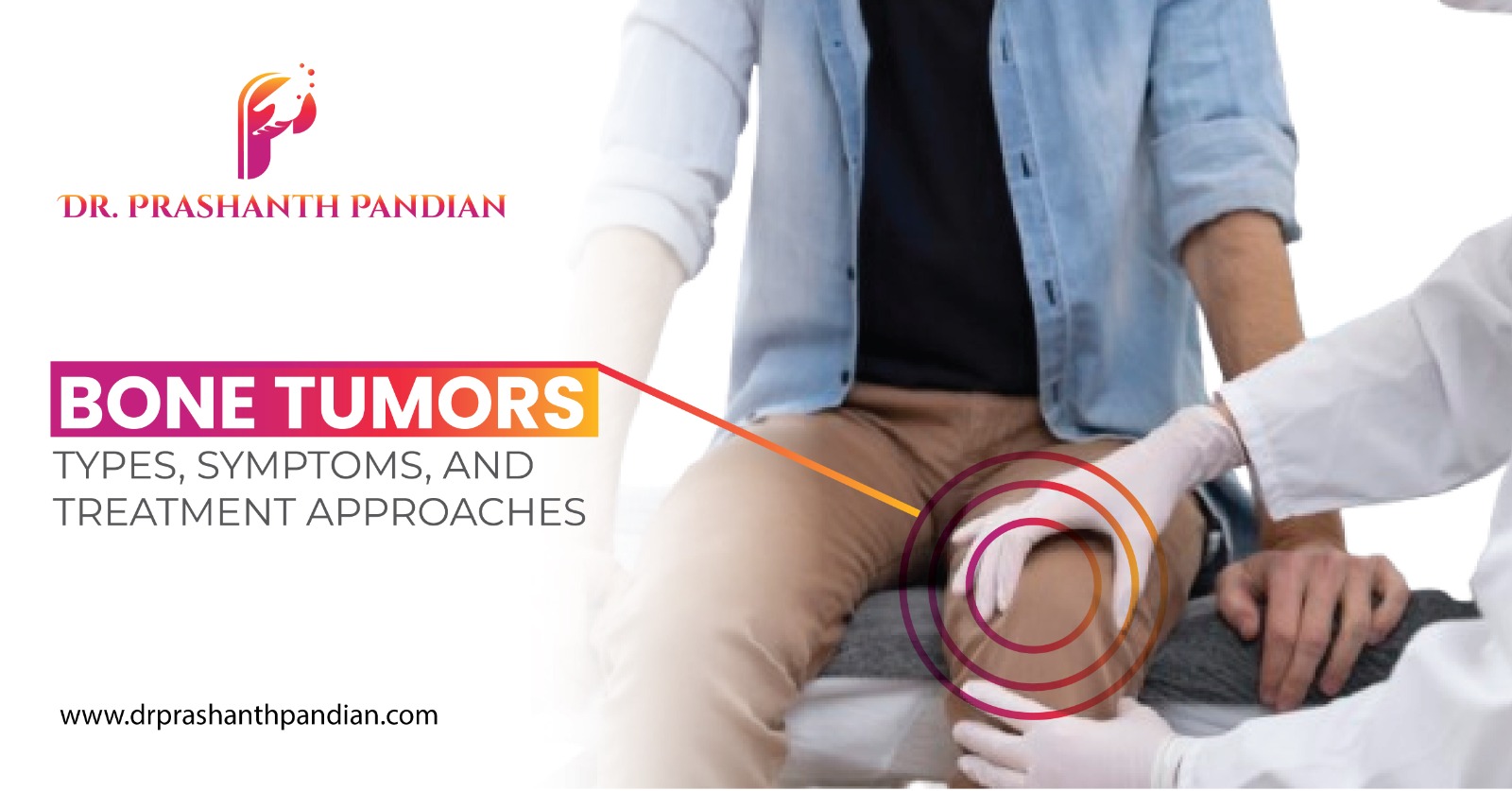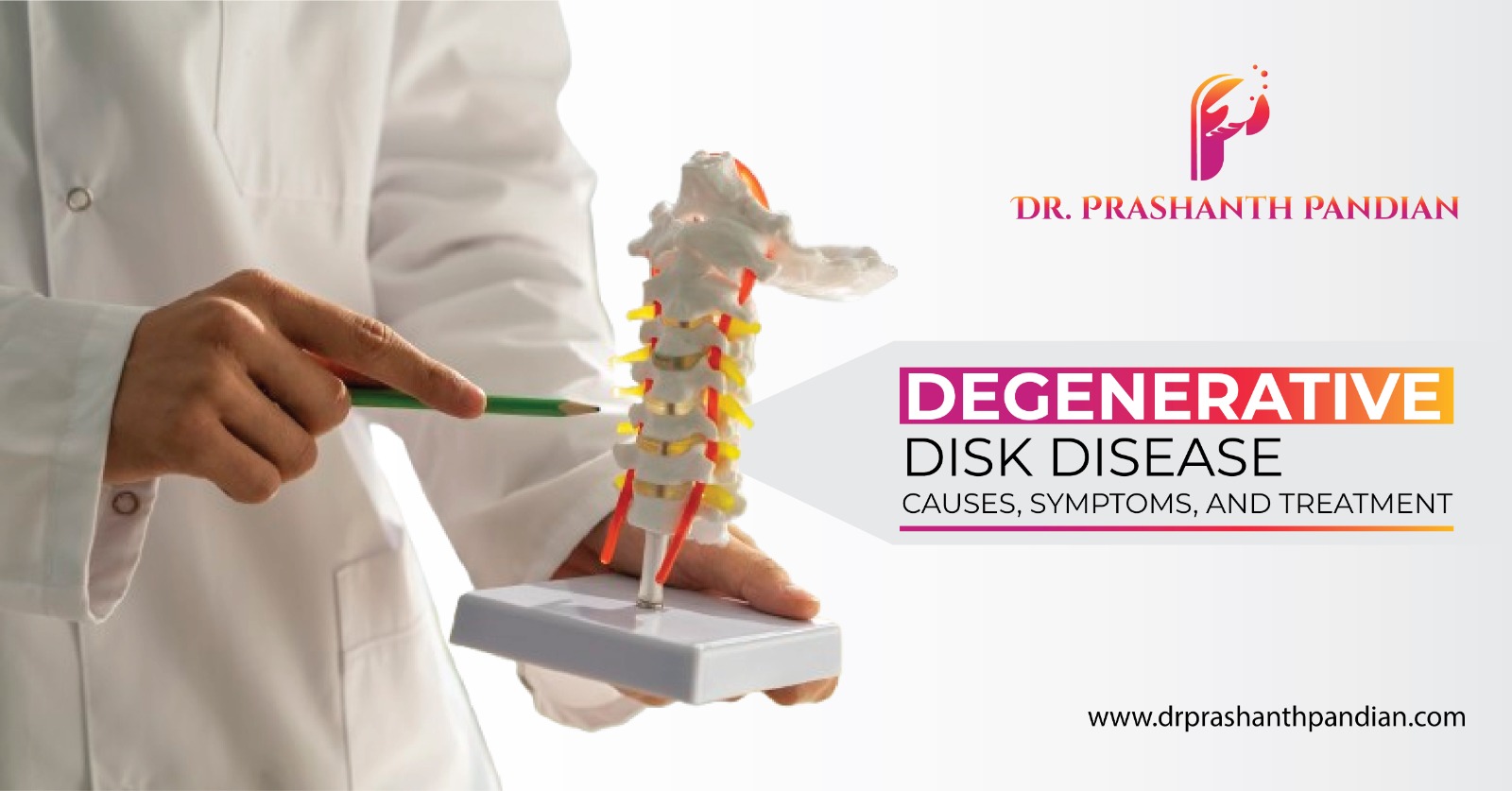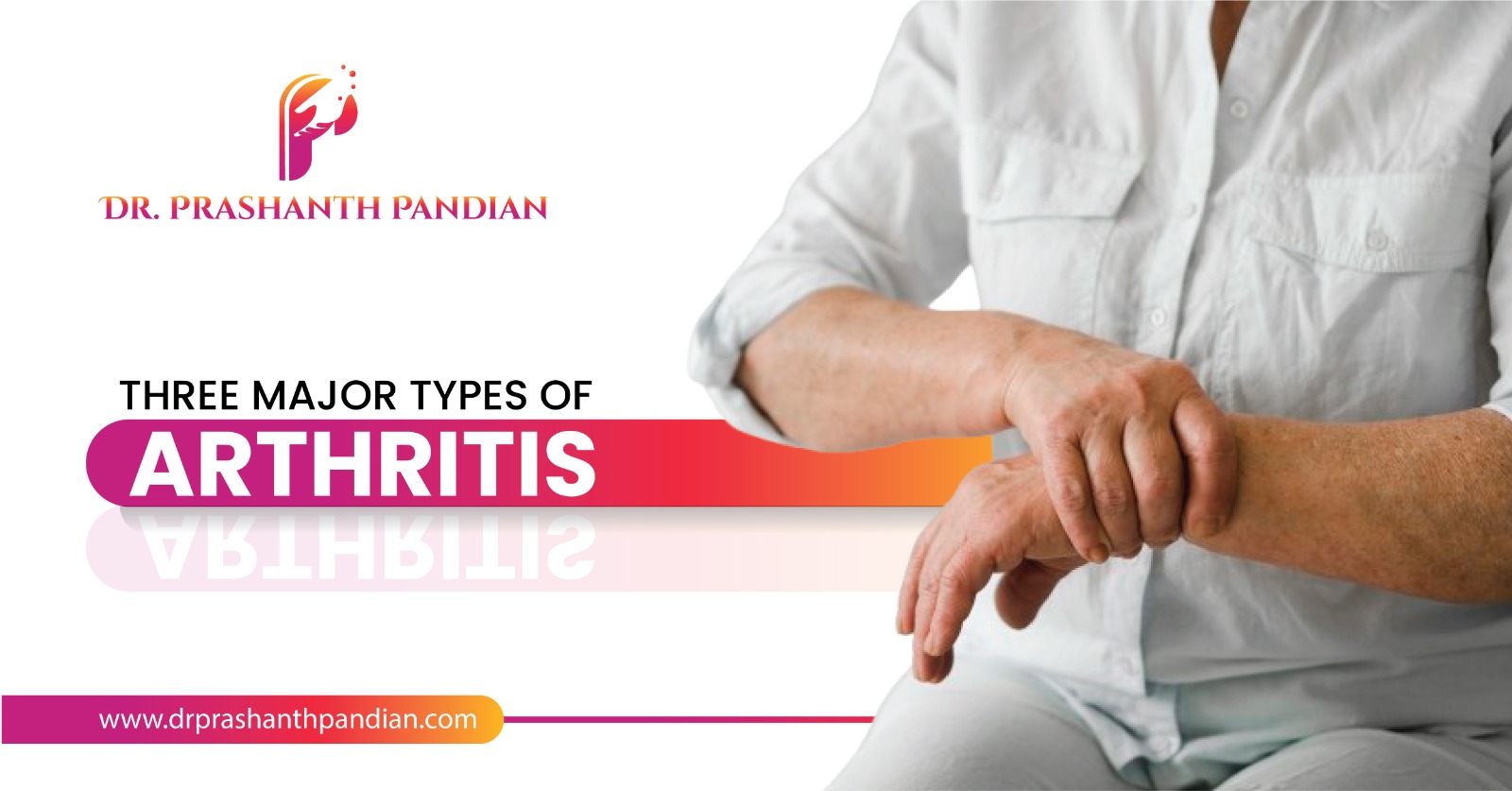Hip pain can significantly impact daily activities, ranging from discomfort in the groin to radiating pain in the thigh or knee. Understanding the underlying causes, treatment options, and preventive measures is crucial for managing hip pain effectively.
Causes of Hip Pain:
Hip pain stems from various conditions affecting the bones, cartilage, ligaments, and surrounding structures of the hip joint. Common causes include:
- Hip Fractures: Often occurring in older individuals due to weakened bones, hip fractures result in sudden and acute pain, necessitating immediate medical attention.
- Arthritis: Types such as osteoarthritis, rheumatoid arthritis, and ankylosing spondylitis can lead to hip pain, characterized by inflammation, swelling, and stiffness.
- Bursitis: Irritation and swelling of the bursa sac in the hip can cause discomfort, particularly in individuals exposed to repetitive motions or trauma.
- Injuries: Trauma, sports injuries, and repetitive strain injuries can result in muscle strains, labral tears, fractures, and dislocations, contributing to hip pain.
- Structural Issues: Conditions like femoroacetabular impingement (FAI) or developmental dysplasia of the hip (DDH) may cause structural abnormalities, leading to hip pain.
Treatment Options:
Treatment for hip pain depends on the severity and underlying cause. Options include:
- RICE Method: Rest, ice, compression, and elevation can alleviate pain and swelling, particularly in acute injuries.
- Medications: Over-the-counter pain relievers like NSAIDs or acetaminophen can provide temporary relief from hip pain. However, prolonged use should be monitored.
- Physical Therapy: Strengthening exercises and stretches prescribed by a physical therapist can improve hip stability and reduce pain, especially in cases of arthritis or structural issues.
- Surgical Interventions: In severe cases, surgical procedures such as hip arthroscopy or hip replacement may be necessary to repair damaged tissues or alleviate pain.
Prevention Strategies:
While some hip pain causes are unavoidable, adopting preventive measures can help reduce the risk of injury and discomfort. Suggestions include:
- Proper Protective Equipment: Wear appropriate gear during sports or physical activities to minimize the risk of hip injuries.
- Rest and Recovery: Allow sufficient time for rest and recovery after intense physical activity to prevent overuse injuries.
- Warm-Up and Cool Down: Perform stretching and warm-up exercises before engaging in physical activity, and cool down afterward to prevent muscle strain.
- Safety Precautions: Maintain a clutter-free environment to reduce the risk of falls and accidents at home or work.
- Assistive Devices: Use canes, walkers, or other assistive devices if mobility issues increase the risk of falls or injuries.
In conclusion, hip pain is a common symptom with various underlying causes. Seeking timely medical evaluation and adopting preventive measures can alleviate discomfort and improve overall hip health, enabling individuals to maintain an active and pain-free lifestyle.




